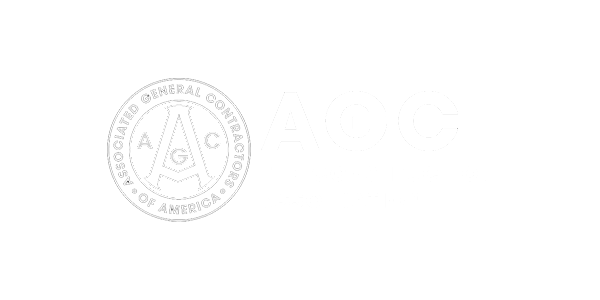The complex nature of construction means that, from the Chrysler Building to the Taj Mahal, no building project goes according to plan. With so many variables to account for, construction businesses have evolved strategies to reduce risk and ensure projects are completed successfully.
As a financial security measure for both general contractors and project owners, retainage is one such strategy. Here, we explore everything you, as a general contractor, need to know about retainage. Let’s start with a quick recap on what retainage is.
What Is Retainage in Construction?
Retainage involves “retaining” an amount of money from a contractor or subcontractor until a construction project is completed. Retainage effectively puts the subcontractor’s profit at risk, which should, in theory, incentivize them to finish the project to the full satisfaction of the contract.
Retainage can be built into contracts for most operators involved in the project. This way, retainage can be used to safeguard project health — for the general contractor, all the way down through to subcontractors and suppliers.
While the amount varies between projects, retainage is typically 5–10% of the contract price. The conditions for the release of retainage can be negotiated between owners, contractors, and subcontractors before signing contracts. Public projects often require retainage to adhere to state laws.
Construction Retention vs. Retainage
So, what’s the difference between retention and retainage in construction? In most cases, the terms “retention” and “retainage” are used interchangeably. But there are slight differences in meaning. “Retention,” refers to the act of withholding money, while“retainage” refers to the actual money that is held back.
Benefits and Challenges of Retainage for Managing Construction Projects
The reason retainage is so effective at incentivizing timely and appropriate project completion is due to the low profit margins that subcontractors generally earn. In many instances, the amount retained represents the majority of a subcontractor’s profit.
Retainage Challenges For General Contractors
The challenges of retainage include:
- Creating cash flow issues — when money is retained by project owners, general contractors can experience cash flow issues. This is often a huge issue for general contractors that rely on timely payments to maintain their operations. Retainage can also tie up funds that could be used for other projects or expenses.
- Potential to breed mistrust — withholding money, regardless of intent, can cause tension. Subcontractors, for instance, may wonder if they are subject to a higher retainage rate than general contractors. Mistrust can damage working relationships, further impacting project timelines.
- Interest on retainage — some states require that interest be paid on retainage amounts held for more than a certain period of time, typically 30 days.
- Increasing administrative burden — retainage requires proper accounting and tracking throughout the duration of the project. This means that general contractors have to track project milestones and align them with retainage conditions, while also keeping accurate records of all the funds withheld, including the amounts, dates, and reasons for withholding. Contractors are also responsible for complying with state regulations and for communicating effectively with subcontractors and suppliers about retainage requirements.
- Retainage can be abused — project owners may act poorly, potentially using retained funds for other projects or withholding payment until the last possible moment. Or they may seek to punish general contractors over project disagreements.
Related: Want to learn about the biggest financial opportunities and challenges facing general contractors? Read our latest Construction Finance Management Report.
Retainage Benefits For General Contractors
Retainage is so commonplace because the upsides have such a high impact on project success. Firstly, retainage is a powerful quality assurance strategy that incentivizes the delivery of high-quality work. With full payment being withheld until the required standards are met, general contractors can mitigate the risk of poor workmanship or defects that lead to costly repairs or legal disputes.
Alongside incentivizing quality work, retainage encourages subcontractors to complete the project on time, as funds are held until the agreed-upon deadline has been met. This reduces the risk of project delay.
Additionally, by withholding a portion of the payment, the general contractors ensure that funds are available to cover unforeseen costs, subcontractor failings, or expenses that may arise during the project.
Rules on Handling Retention Money for Construction Projects
The rules that govern retainage are negotiated and then set out in the construction contract. To prevent abusive practices, states set different limits on what can and can’t be done with retainage. As a general contractor, you need to be aware of how retainage is treated in your state. When developing rules for handling retention money, other key considerations include:
- Retainage percentage — is one of the most important factors, this determines how much money is retained. Typically, retainage ranges from 5% to 10% of the contract amount, with this percentage being deducted from each progress payment. In many contracts, the retention rate is reduced when half the work has been completed.
- Timeframe for release — determines how long retention money can be held for. Traditionally, retained money is released within 30 to 90 days after project completion and acceptance of the work. Retainage withheld longer than 60 days often needs to be justified in writing.
- Conditions for release — can include completion of all work, submission of all required documents and lien waivers, and resolution of any disputes or claims.
- How retained money can be used — retained funds are usually used to guarantee that subcontractors complete all work to the required standards. Funds can also be used for any necessary repairs or to correct substandard work.
- Notice requirements — some states require general contractors and subcontractors to provide notice of their intent to claim against retainage. Failure to provide notice may result in the waiver of the claim.
Steps to Successfully Managing Retainage
Traditional, paper-based processes are the cause of many issues general contractors face when dealing with retainage. These old-school processes are labor-intensive and involve manually tracking and managing project information. This increases the risk of errors and inaccuracies entering the system. As data piles in, it also becomes difficult to retrieve and then share information with subcontractors and project owners.
Collectively, these issues reduce efficiency and lead to delays in securing or releasing retained funds. At the same time, project inefficiencies become key points of frustration for your partners. To limit these difficulties, here are four steps to efficiently manage retainage in your construction projects.
1. Use accounting and payment management software
Many construction apps on the market are purpose-built to track project information. Payment management apps like GCPay, for instance, are built for general contractors and offer helpful features such as digital invoicing, lien waiver exchanges, and the ability to easily pay or bill for retainage.
But one of the most important benefits of using accounting and pay management software is that it replaces inefficient paper processes — improving efficiency, the accuracy of records, and the timeliness of submissions.
2. Understand the terms of the contract
Having a clear understanding of construct proposals and state regulations will put you in a strong position to negotiate reasonable retainage terms or to set the right expectations for subcontractors.
Knowledge of what your contract requires is also key to effective project planning and management. Putting the right mechanisms in place will help you deliver the project on time and within scope.
3. Establish a clear and constant line of communication
General contractors should establish clear communication with the project owner and subcontractors regarding job progress and the retainage terms and release schedule. As many in construction can attest, frequent, honest communication is critical to maintaining healthy work relationships. And the healthier the relationship, the easier it is to solve disputes and minimize delays.
Technology can help here. Payment management apps, for instance, make it easy to track job tasks and milestones. Easy document sharing, collaboration tools, and real-time reporting let you share job progress without adding to your administrative burden.
4. Monitor risk
Construction is complex work and it is difficult to predict all the ways that a project can derail. As derailments impact deadlines and work quality, constantly monitoring and
managing risk is crucial to ensuring retained funds are released within a reasonable timeframe.
Monitoring risk also involves keeping careful records to monitor cash flow and prove that the work has been completed according to the construction contract. Protecting your cash flow might involve securing a performance bond or other forms of financial security.
Streamline Retainage for Your Construction Business
While retainage is effective at incentivizing work and managing risk for general contractors, it can lead to several challenges ranging from cash flow issues to creating additional administrative burden. At GCPay, we offer construction payment management software that improves the efficiency of administrative and accounting work.
From paying retainage and digital invoicing to lien waiver management, our solution is designed to streamline the retainage process for general contractors of all types and sizes.
Are you ready to transform how you handle retainage? Visit our pricing page to learn how GCPay can support your team. Our prices are tailored to each business, ensuring that our partners see fast ROI by only paying for what they need.








